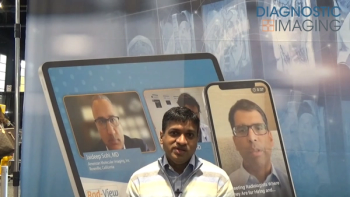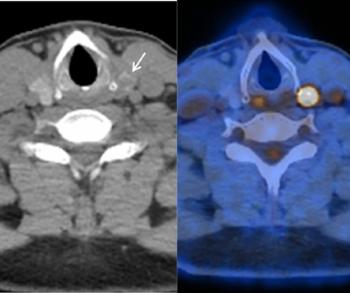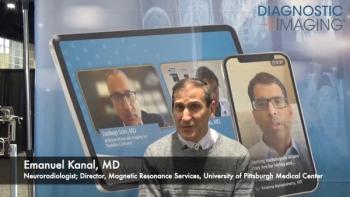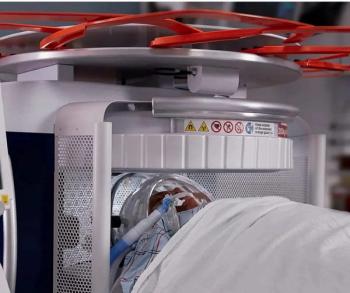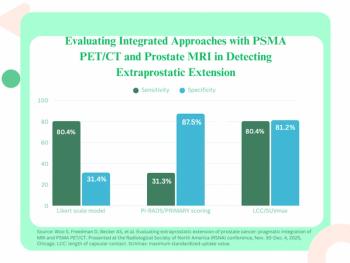
ACC meeting showcases IT and networking products
The convergence of multiple sources of data, the networking of several database servers, and the expanded use of Web technology promise to integrate cardiology to the main flow of medical practice. As with radiology-based PACS, which was the first
The convergence of multiple sources of data, the networking of several database servers, and the expanded use of Web technology promise to integrate cardiology to the main flow of medical practice. As with radiology-based PACS, which was the first segment to use these technologies to reach out to other medical disciplines, the feasibility of networking is being driven by the continuing development of both HL7 and DICOM standards.
Among the standouts at the mid-March annual meeting of the American College of Cardiology was the ClinicalEdge platform, a multitier, Web-enabled, database-driven architecture. ClinicalEdge, developed by Global Telemedix, is designed to unify image-based clinical and administrative functions. The product consists of client, Web server, applications server, and database server subsystems. It will be initially deployed as TeleConsult, an ASP service for Web-based management and distribution of cardiac and vascular echocardiography studies, including full-motion DICOM studies, diagnostic resolution still images, video clips, stethoscope clips, audio clips, and DICOM studies to provide a full multimedia patient encounter record.
Demonstrating the ability of TeleConsult at the ACC meeting, images acquired by a GE Medical Systems Vivid 5 cardiovascular ultrasound system were directly captured and displayed in Global Telemedix’s booth, using a live Internet connection. Global Telemedix also provides a secure central storage repository for its customers in support of their clinical workflow.
Mitra demonstrated its electronic “whiteboard” scheduling template, a work-in-progress designed to connect the hospital information system to imaging acquisition devices. Named after the grease pen and whiteboard found in cardiac cath labs, it allows rapid registration, scheduling, and patient tracking to migrate across a number of different systems, including the HIS, PACS, and hemodynamic information system.
Philips Medical Systems complemented its new Integris Allura cardiac cath lab by introducing Release 2.1 of Inturis Suite, a cardiology image management system. The Allura, designed to perform both coronary and peripheral procedures in a single room, introduces a high-speed, high-performance rotational angiography platform capable of performing 3-D imaging.
The new release of the Inturis Suite features the ability to automatically export images in multiple formats, including DICOM XA Multiframe for cath and vascular runs, and DICOM Secondary Capture, JPEG, and bitmap for lab photofiles. The photofile export options allow easy image transfer to cardiology information systems (CIS) that support any of these industry standards. Images can be auto-forwarded to multiple locations, including a long-term archive, Web server, or CIS. Release 2.1 also expands display capabilities to include up to 10-bit images as large as 1024 x 1280 pixels. A new integration feature with CardioLogica, Philips’ CIS, was demonstrated, allowing Inturis Suite to be launched from within CardioLogica. This allows easy viewing of cath and vascular studies that are part of the CardioLogica patient record. Although Inturis Suite is designed specifically for Allura, the product has been validated with Siemens HiCor and GE LCA cath labs.
Newsletter
Stay at the forefront of radiology with the Diagnostic Imaging newsletter, delivering the latest news, clinical insights, and imaging advancements for today’s radiologists.

